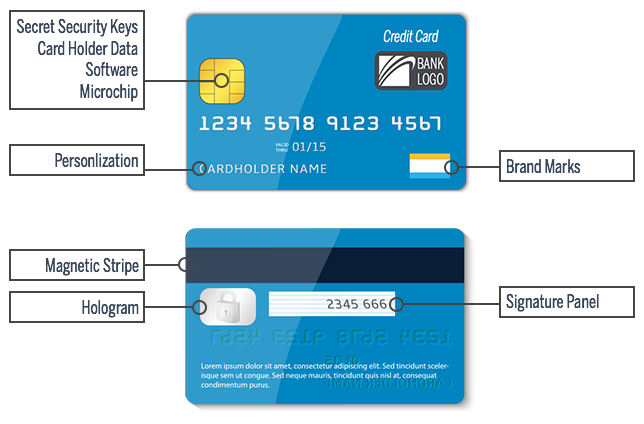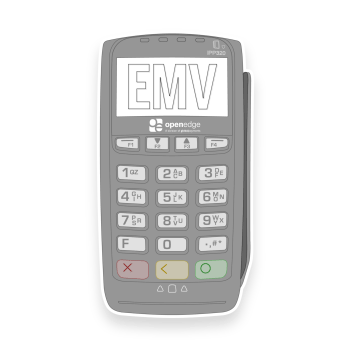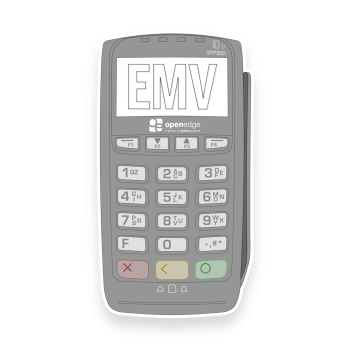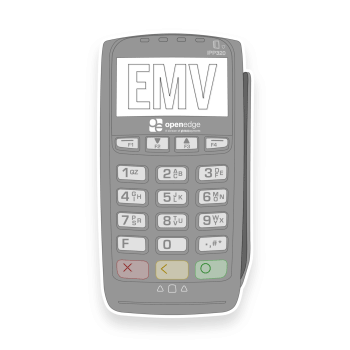What is the Card called?
As the US payment industry transitions to EMV technology, there is a lot to adjust to, starting with the terminology. The following terms all mean about the same thing:
- Smart card
- Chip card
- Smart-chip card
- Chip-enabled smart card
- Chip-and-choice card
- (PIN or signature)
- EMV smart card
- EMV card
What is a Smart Card?
A smart card resembles a credit card in size and shape, but inside it is completely different. First of all, it has an inside -- a normal credit card is a simple piece of plastic. The inside of a smart card usually contains an embedded microprocessor. The microprocessor is under a gold contact pad on one side of the card. Think of the microprocessor as replacing the usual magnetic stripe on a credit card or debit card.
Anatomy of a Smart Card

How do Smart Cards reduce fraud?
- Chip and signature validates card is authentic
-
- Proves to issuer that this card is valid
- Avoids counterfeit cards
- Very difficult to copy
- Chip and PIN validates cardholder
-
- Proves cardholder is legitimate
- Pin avoids lost and stolen fraud
- Enhanced risk management
-
- Chip can be updated post issuance
- Card can be programmed with spending and usage limits



